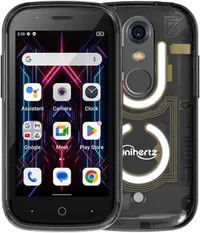This amazingly small Android phone has features you won’t find on an iPhone, Samsung Galaxy or Pixel
Smartphone makers have been making lame excuses
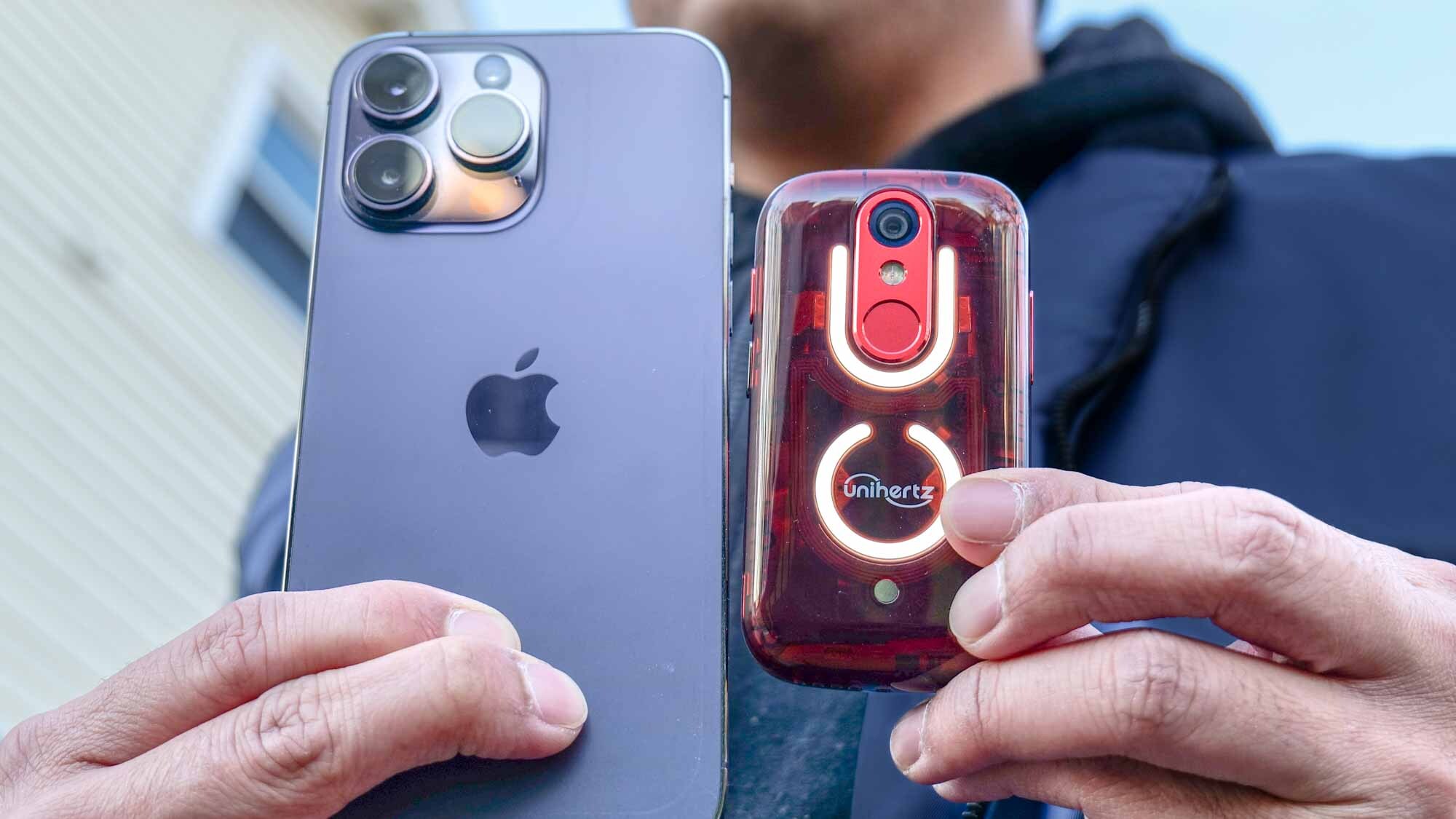
One of the annoyances I have about today’s phones is that they’re often impossible to handle one-handed. That’s probably why I still carry around the iPhone SE (2022) its easier handling doesn’t force me to awkwardly stretch out my fingers to reach all four corners of its display.
Another annoyance of mine is how smartphone makers have consistently dropped features I loved using over the years, like expandable storage and the headphone jack. These were features common in phones up until five or so years ago, but they’ve sadly been phased out.
That’s why I’m astounded by the Jelly Star from Chinese smartphone maker Unihertz. The Jelly Star has been dubbed the world's smallest Android 13 smartphone. After using it for nearly a month, it makes me believe that smartphone makers have been making lame excuses on why features I’ve come to enjoy have been dropped. Plus, the Jelly Star proves that big things can come in a small package.
Unihertz Jelly Star: was $229 now $209 @ Unihertz
Hailed as the world's smallest Android 13 smartphone, the Jelly Star packs features you don't find in modern smartphones, including a headphone jack, microSD slot, IR blaster, and much more.
Price check: $219 @ Amazon
Convenience of the headphone jack
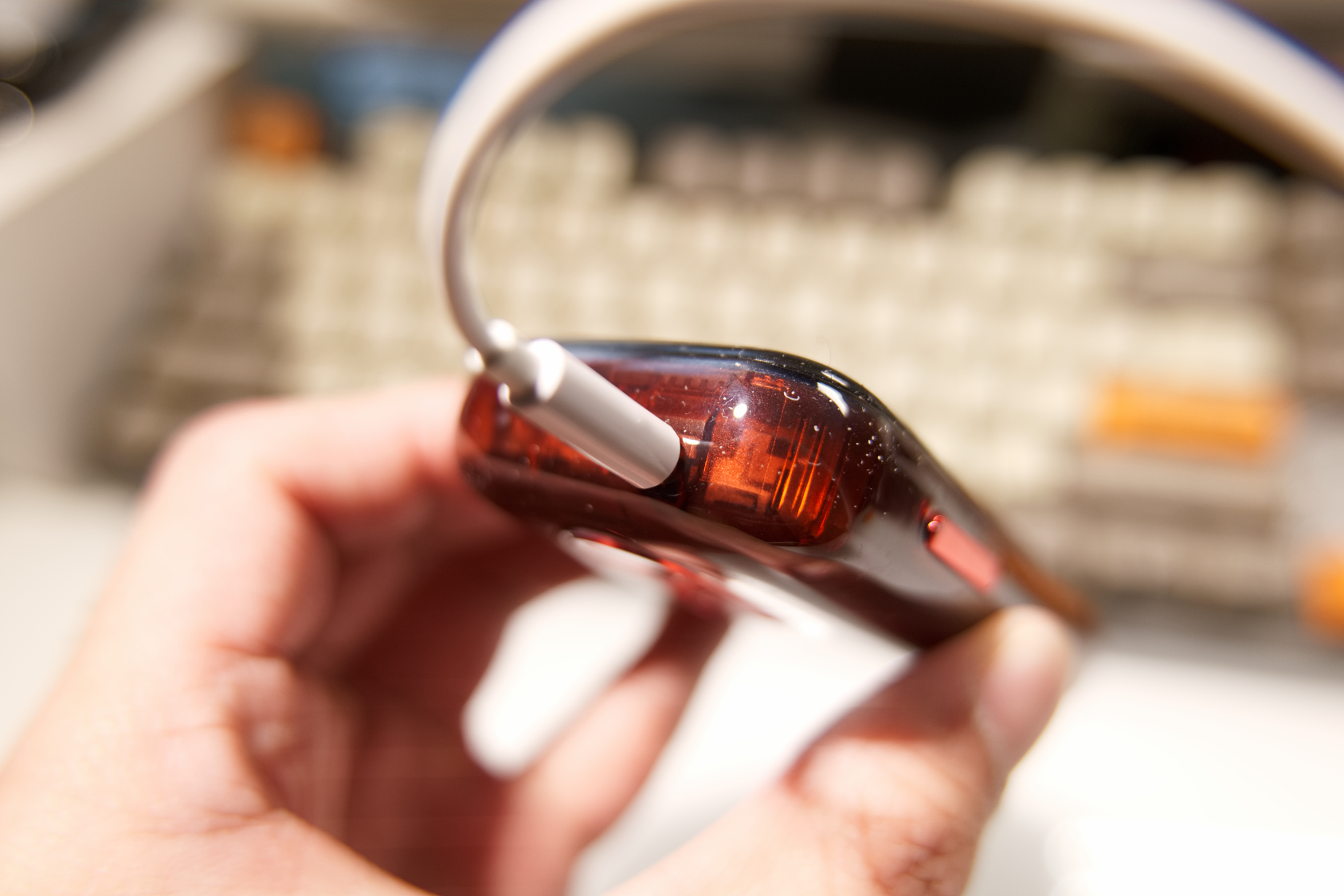
No matter how the best wireless earbuds tout their abilities to deliver high fidelity sound, sometimes I just need a quick and hassle-free way of listening to music with my phone. The Jelly Star rocks a much missed feature of mine: the 3.5mm headphone jack. Considering the components needed for this, I’m surprised that it’s even possible given its obnoxiously small size.
Now I’m able to quickly use a pair of wired earbuds or headphones at my leisure, while still being exposed to excellent sound that doesn’t lessen or cut out as much like what I’ve experienced with some wireless earbuds. The only downside of incorporating the headphone jack to the design is that the Jelly Star doesn’t have any sort of water resistance rating.
Expandable storage with easy to access microSD slot
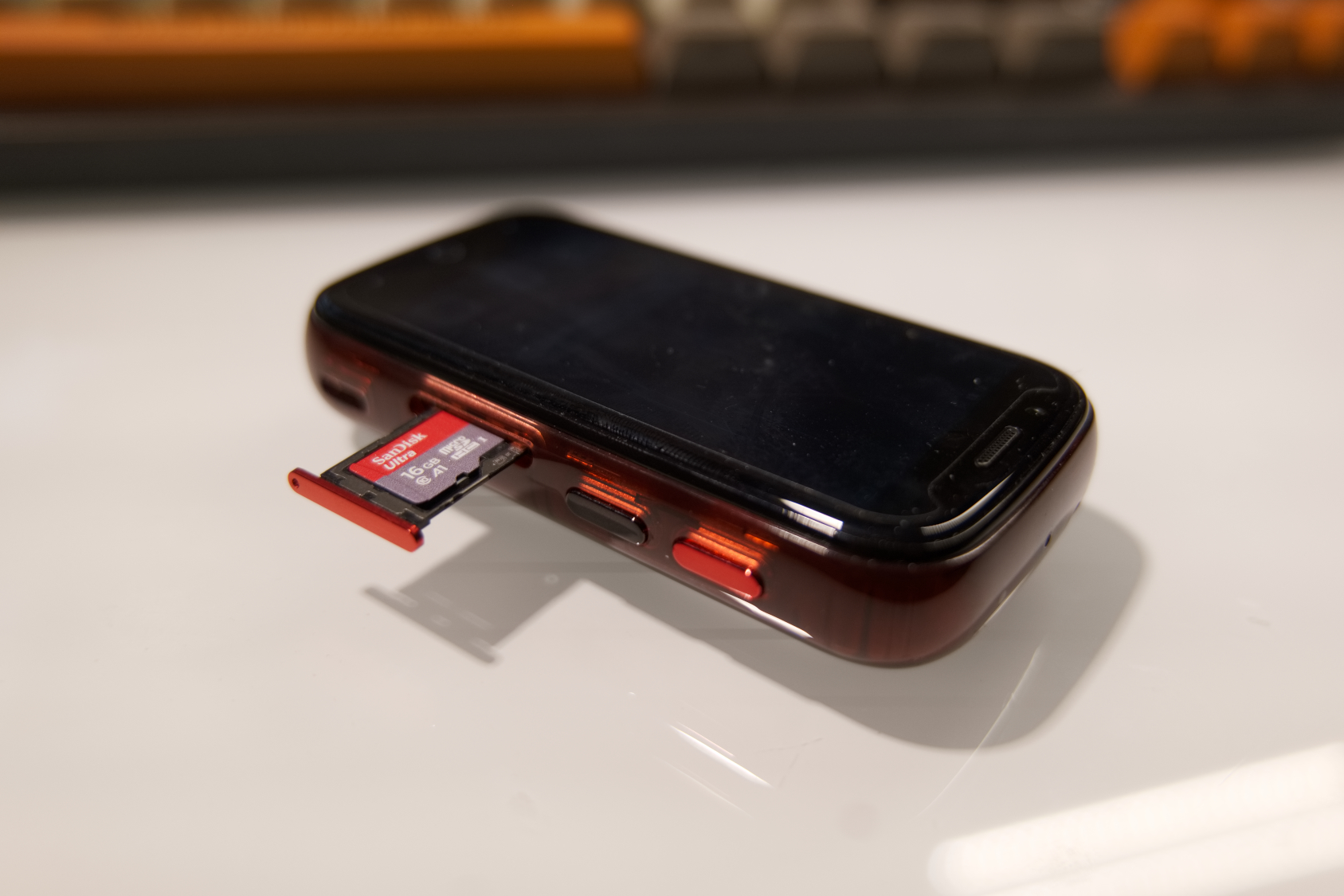
I’ve been using the Google Pixel 8 Pro ever since it launched in October, but I find it frustrating that the base option comes with a laughable 128GB of storage. Not only does the Jelly Star double that with its 256GB storage, but somehow there’s room in the design to also fit in a microSD slot for expandable storage.
Even though Apple has never offered expandable storage with its iPhones, I’m still confused why Android makers have followed suit in the last several years. Flagships such as the Pixel 8 and Samsung Galaxy S23 don’t have slots for expanding storage. But strangely enough, you find them in some the best cheap phones.
Get instant access to breaking news, the hottest reviews, great deals and helpful tips.
Regardless, the fact of the matter is that I appreciate the ability to supplement the Jelly Star’s internal storage — as well as being able to physically move files from the phone to a microSD card. I frequently copy video files from my mirrorless camera and then edit them on a smartphone, so having this is helpful.
IR blaster for controlling my TV
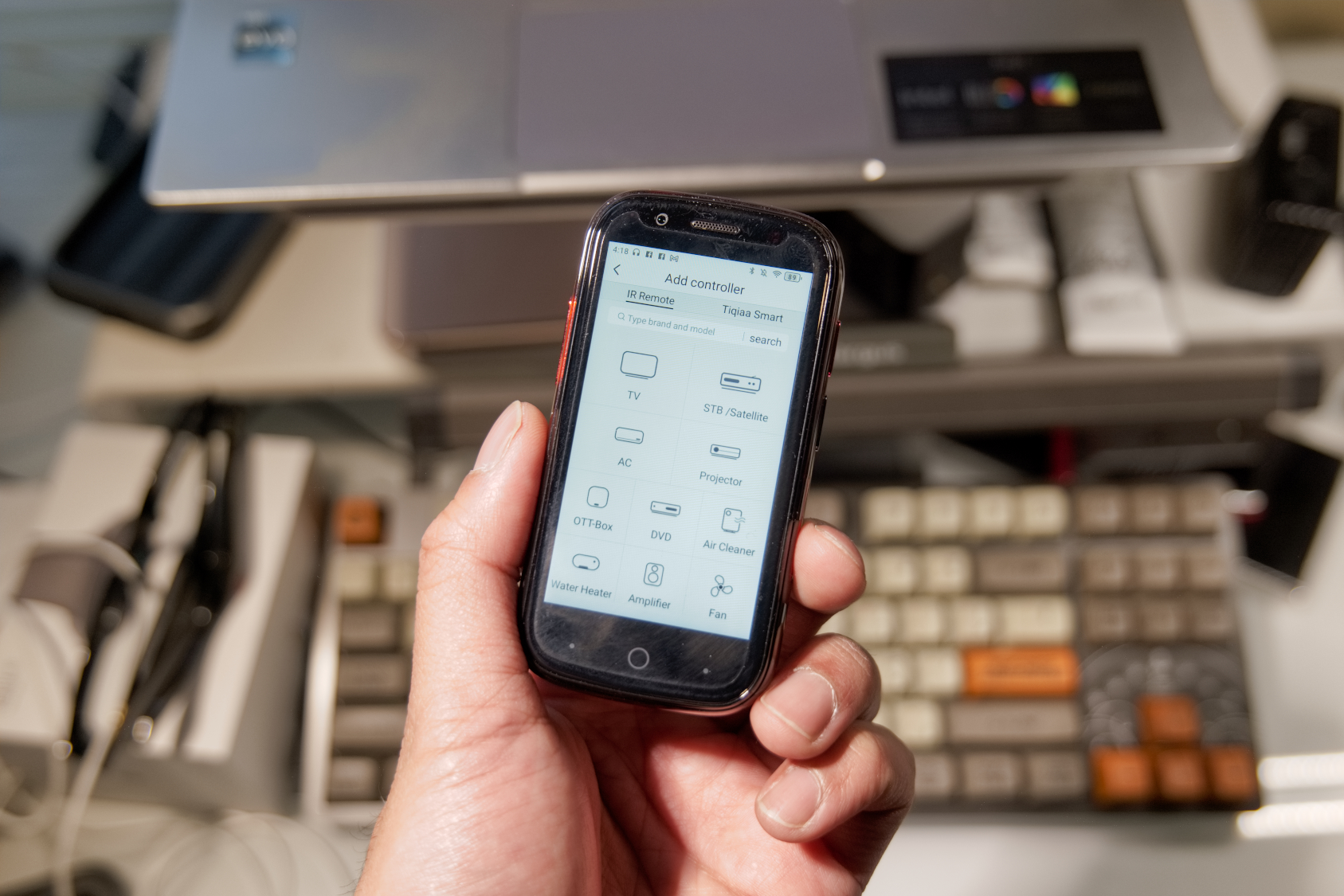
I remember infrared blasters in smartphones as early as 2006. Before that, I was using IR blasters in pocket PCs, PalmPilots, BlackBerries, and even in some dumb phones released in the early 2000s. While they were primarily used as a quick solution to wirelessly transfer files from one device to another, they could also be used to control TVs.
The Jelly Star manages to package one, allowing me to not worry about looking for the TV remote if it somehow gets lost in between couch cushions. It also works with other devices in my home, like the cable box, old Blu-Ray player, and even garage opener.
Nothing Phone-esque LED lighting
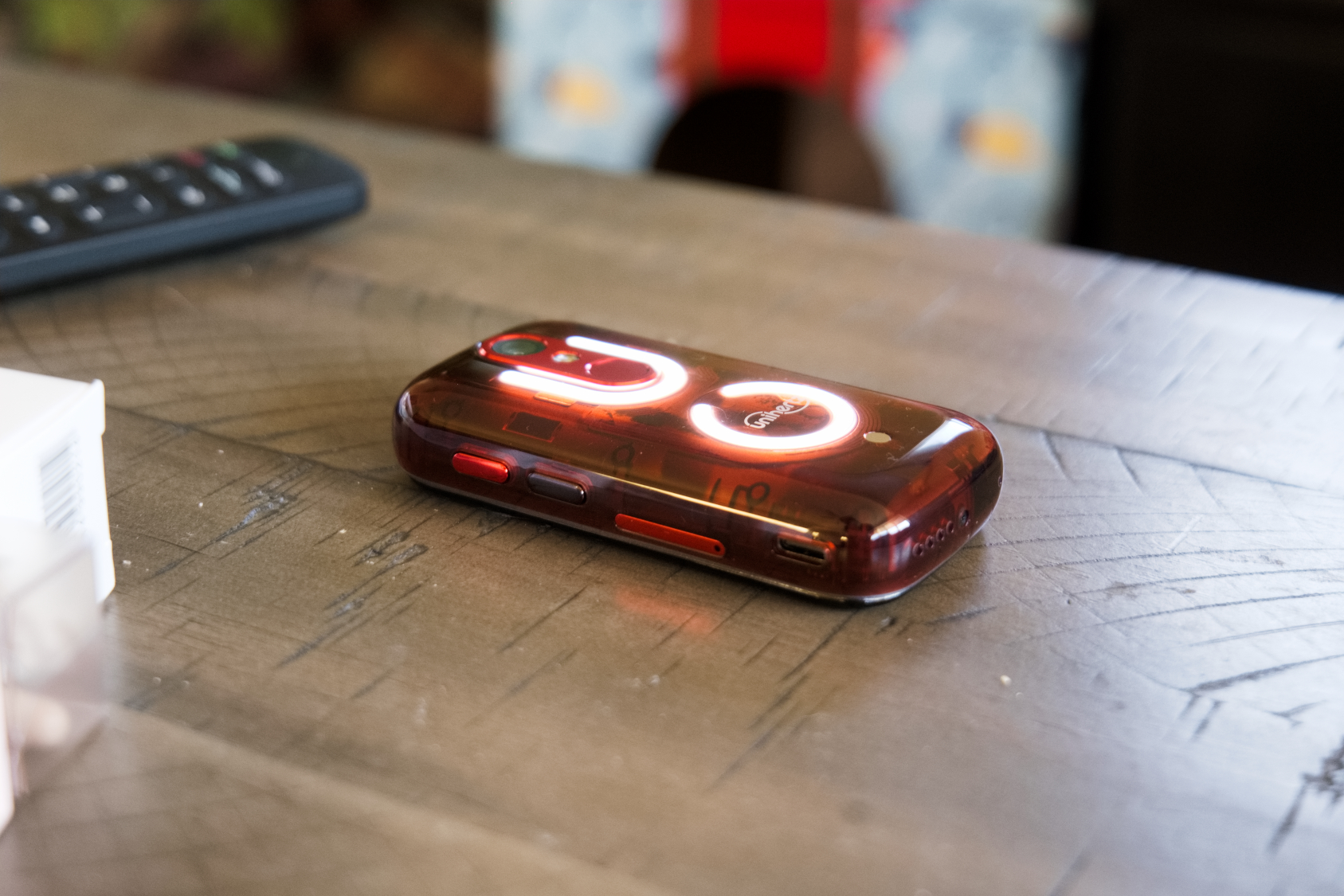
One of the cooler looking phones I’ve reviewed in the last year was the Nothing Phone 2 and its dynamic Glyph Interface. The back of the phone has these LED strip lights that turn on for different notifications, which is pretty neat for a smartphone to do. Well, the Jelly Star essentially has the same function with the integrated LED strip lights on the back of the phones — which complements its transparent colored casing.
Today’s smartphones mostly hold notifications hostage in their respective panels, forcing you to turn on the display to see them — but with the Jelly Star — it’s convenient to know an incoming notification based on the pulses of the LED lights.
You get all the smartphone conveniences
| Unihertz Jelly Star | |
| Price | $229 |
| Display | 3-inch LCD |
| Display resolution | 480 × 854 |
| Rear camera | 48MP |
| Front camera | 8MP selfie |
| Chipset | Helio G99 Octa-Core 2.0-2.2GHz |
| RAM | 8GB |
| Storage | 256GB |
| Battery | 2,000 mAh |
| Charging | 10W (wired) |
| Size | 3.7 x 1.9 x 0.7-inches |
| Weight | 4 ounces |
Aside from its size, I think it’s pretty clever how the Jelly Star packages all the conveniences that modem smartphones offer. There’s a fingerprint sensor on the back to unlock the phone, USB-C with 10W charging, 48MP rear auto-focusing camera that can record video in up to QHD (2560 x 144) resolution, 8MP front-facing camera for video chat, GPS, and even a programmable button on the side. Just look at the specs above to see how much is crammed into it.
The Jelly Star is running Android 13, so the experience is no different from other Android phones running the same version — I’m able to use all of my favorite apps and games. Speaking of gaming, the Jelly Star's tiny 3-inch 480 x 854 LCD display makes it a challenge to play some games, but I’m nonetheless still able to run them.
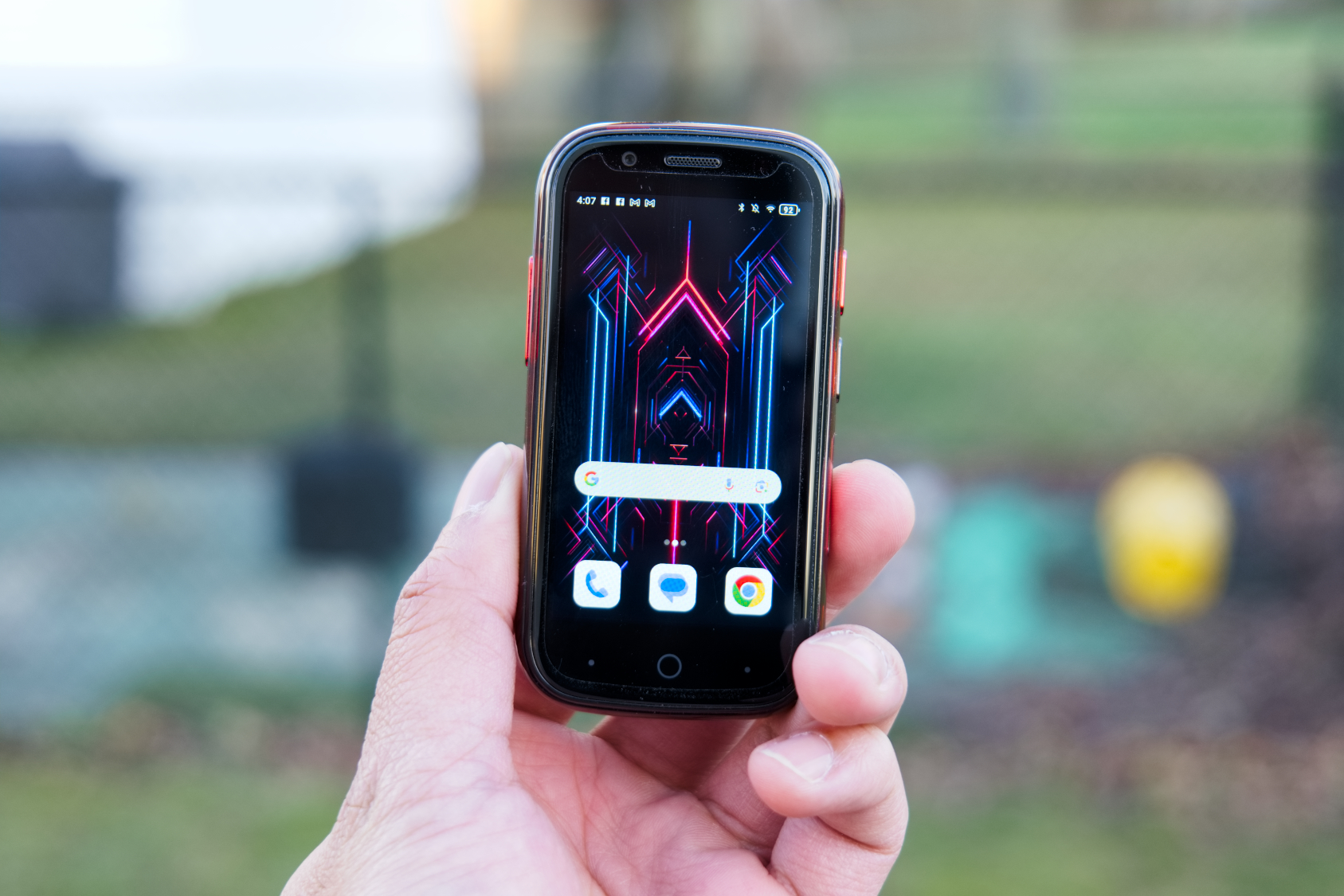
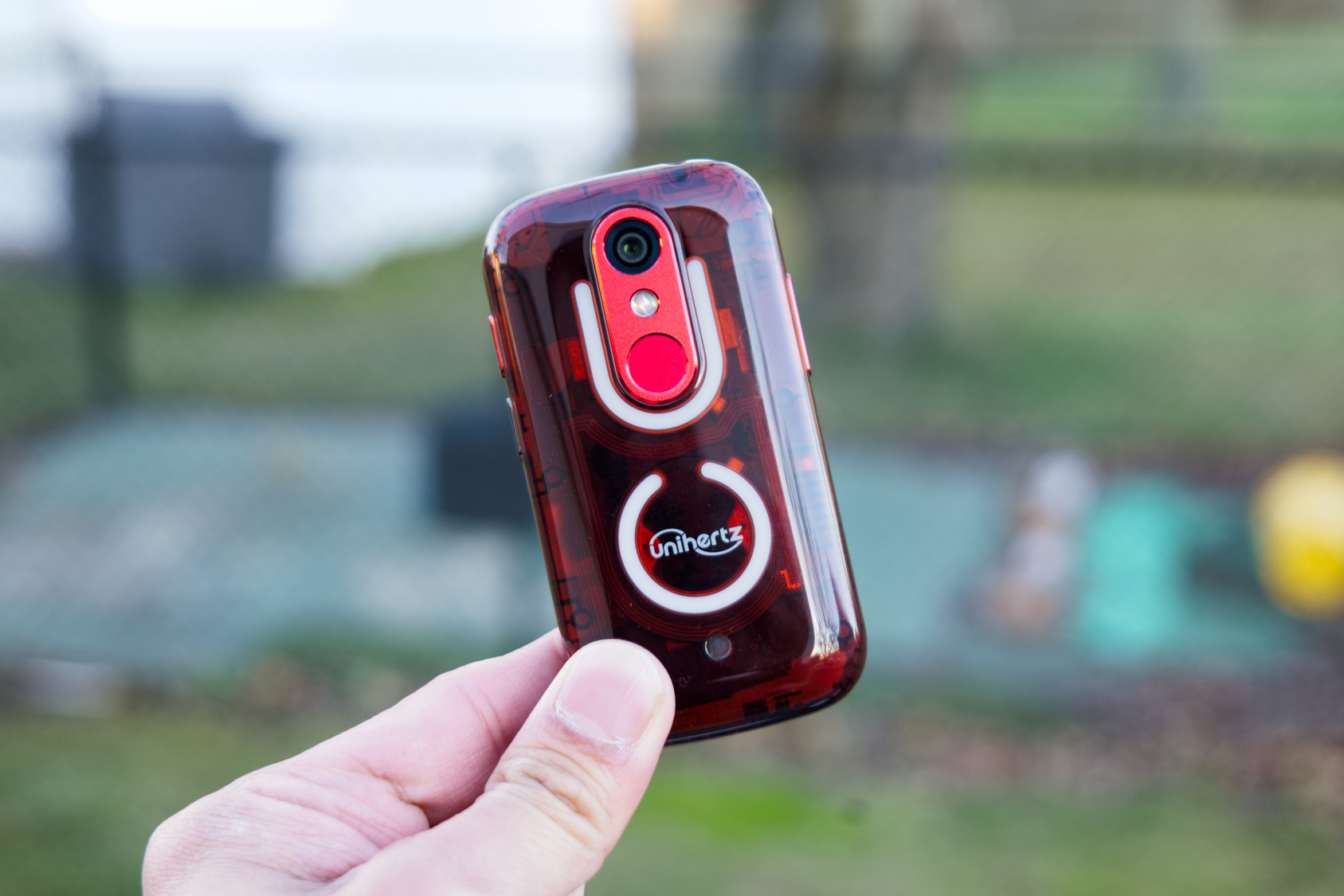



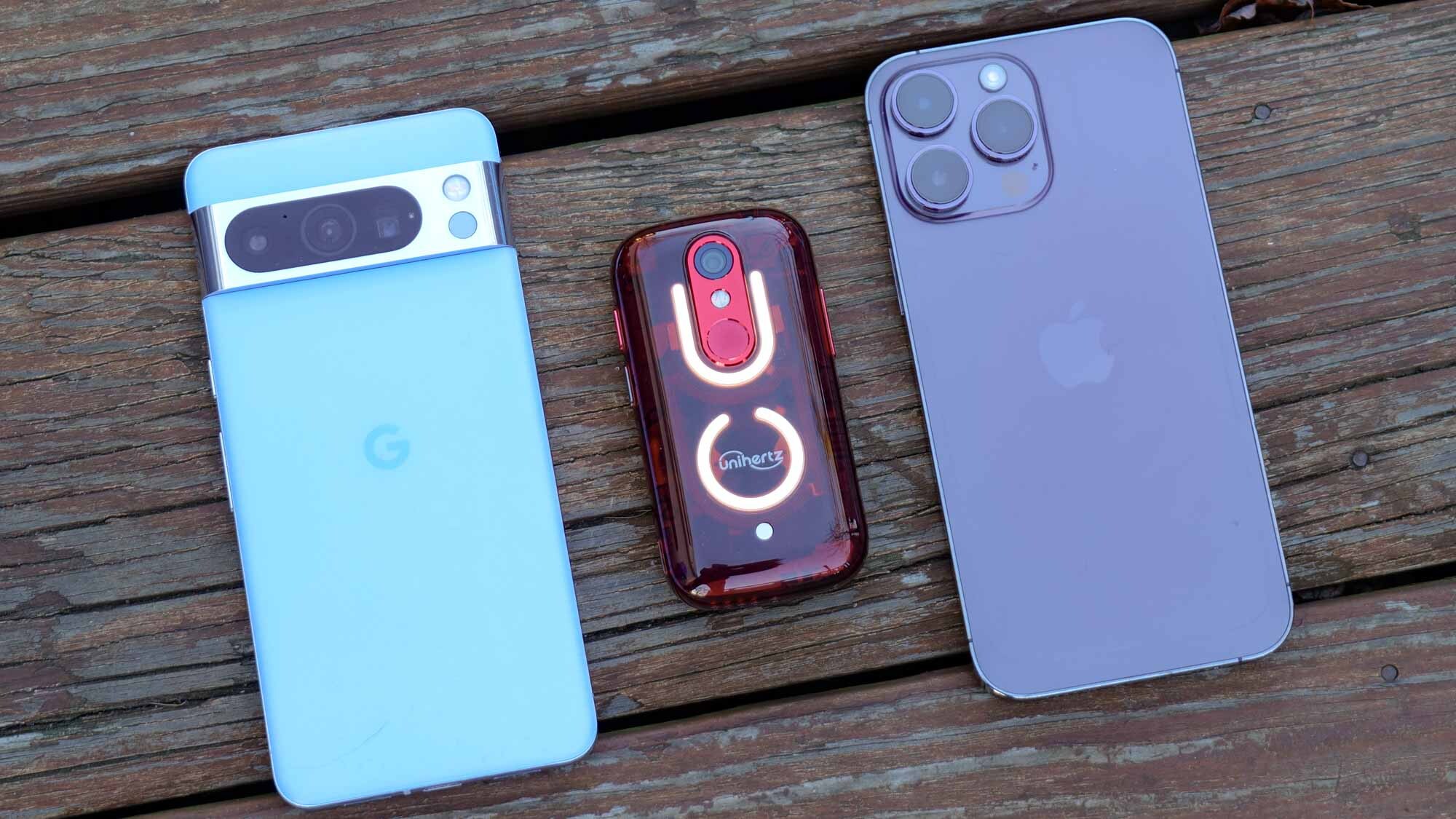
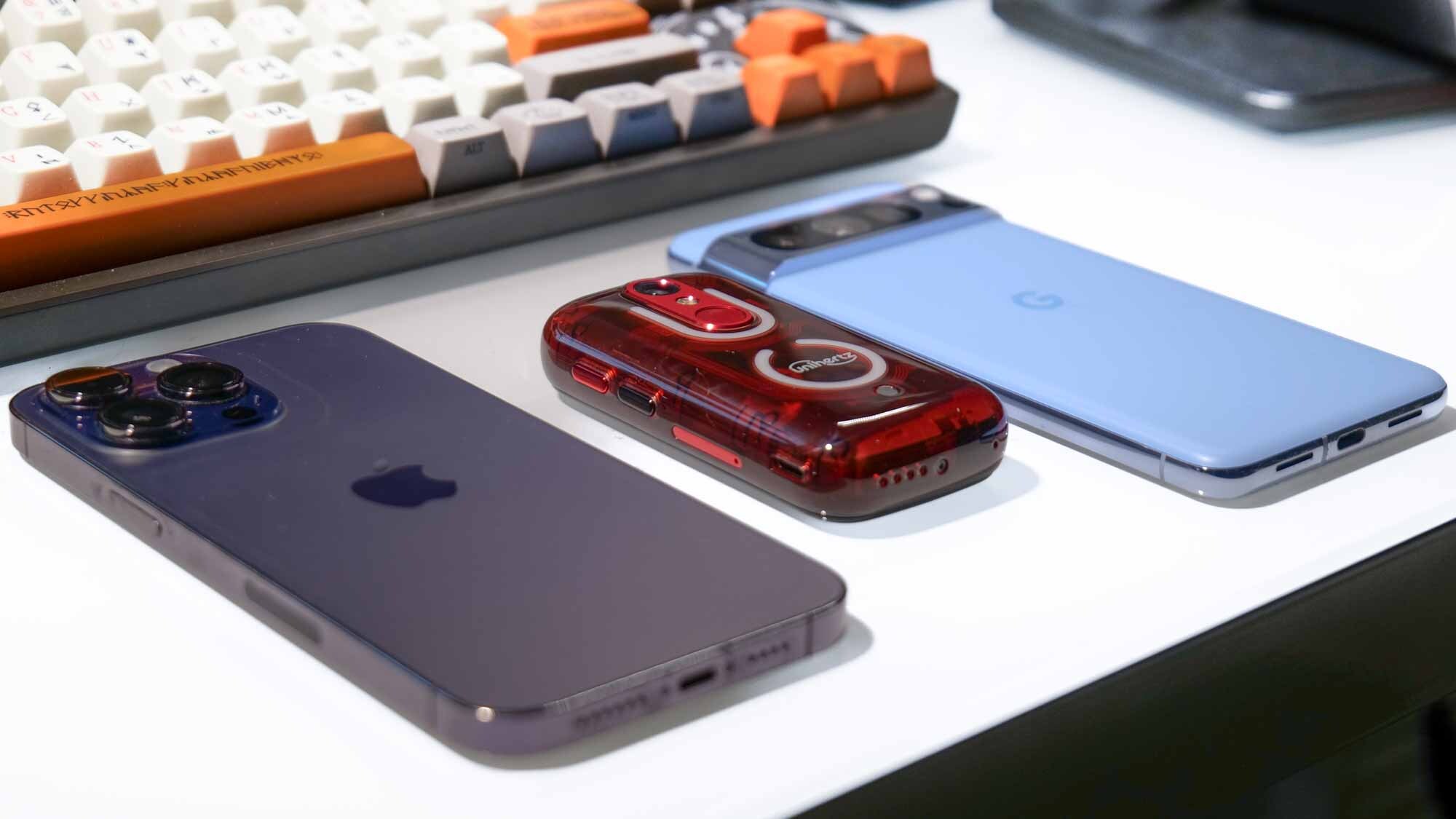
One unknown, however, is how long Unihertz will support the phone to get newer software and security updates. Apart from that, the only other challenging thing about the Jelly Star is its battery life, which in my experience requires at the minimum two full charges each day to accommodate my needs.
I don’t think the Jelly Star has enough to steer me away from my iPhone or Pixel, but I’ve been using it as a backup phone on the weekends when I don’t want to overstuff my pockets. And the best part is that this phone costs $229 — which in the world of smartphones — is such a steal given what it’s packing along for the ride. It proves to me that flagships could very well bring back features like the headphone jack and expandable storage.
More from Tom's Guide

John’s a senior editor covering phones for Tom’s Guide. He’s no stranger in this area having covered mobile phones and gadgets since 2008 when he started his career. On top of his editor duties, he’s a seasoned videographer being in front and behind the camera producing YouTube videos. Previously, he held editor roles with PhoneArena, Android Authority, Digital Trends, and SPY. Outside of tech, he enjoys producing mini documentaries and fun social clips for small businesses, enjoying the beach life at the Jersey Shore, and recently becoming a first time homeowner.
